Isolation and Characterization Of Antibiotic Producing Actinomycetes In A Rhizosphere Environment
₦3,000.00
If you are interested in getting this project material “Isolation and Characterization Of Antibiotic Producing Actinomycetes In A Rhizosphere Environment”, click on the DOWNLOAD BUTTON to make payment and the file will be delivered to your email immediately after confirmation.
Description
– Isolation and Characterization Of Antibiotic Producing Actinomycetes In A Rhizosphere Environment –
Download Isolation and Characterization Of Antibiotic Producing Actinomycetes In A Rhizosphere Environment. Students who are writing their projects can get this material to aid their research work.
Abstract
This research work was carried out to isolation and characterization of antibiotic producing actinomycetes in rhizosphere environments using the standard microbiological method, crowded plate method, streak plate method and pour plate method.
Starch casein agar and Nutrient agar were used for the characterization of the growth organisms and tests such as gram staining, starch hydrolysis, casein hydrolysis, lipid hydrolysis, citrate, methyl red, catalase and indole were carried out.
After culturing only 5 out of the 13 isolates (from a total of 25 soil samples) showed visible growth and had antimicrobial activity on selected organisms(Stapylococus aureus, Bacillus subtilis and Escherichia coli), the total count for the colony forming units ranged from 3.9×106– 5.2×106.
The five isolates gotten from this work had four of them from the genus Streptomycetes (denoted as B, F, H and M) and the other from the genus Nocardia (L).
Isolate B was active against Escherichia coli with a zone of inhibition measuring 26mm, isolate F, H, L and M were active against Staphylococcus aureus with zones of inhibition measuring 8mm, 9mm16mm and 9mm respectively,
while isolate B, F, H, L and M were active against Bacillus subtitis with zones of inhibition measuring 5mm, 11mm, 11mm, 19mm and 7mm respectively. This study shows that Streptomyces are the most prevalent antibiotic producing actinomycetes in the soil.
Therefore antibiotics should be taken only when needed to avoid antibiotic resistance by certain organisms and stored at appropriate conditions (temperature and pressure) hence, further purification, elucidation, and characterization are recommended to know the quality and novelty and commercial values of antibiotics.
Introduction
1.1 Background of the Study
Rhizosphere is the narrow region of soil that is directly influenced by root secretion and associated soil microorganisms (Bacteria, fungi, protozoa etc). The rhizosphere by definition is the soil region in close contact with the plant root.
The term “rhizosphere soil” generally refers to thin layer of soil adhering to a root system after the loose soil has been removed by shaking (Atlas 1981) the rhizosphere is basically divided into two general areas, the inner rhizosphere at the very root surface and the outer rhizosphere embracing the immediate adjacent soil.
Soil which is not part of rhizosphere is known as bulk soil, with the recent description and ecological characterization of plant growth –promoting rhizosphere –bacteria (PGPR).
The use of bacteria from the root zone to enhance plant growth has been given attention to Kloepper (1980) showed that certain rhizosphere bacteria can metabolize seed exudates actively at cool temperature and that these bacteria can encourage seedling emergence in field soil.
Kloepper (1980) also revealed that root colonization by some PGPR strains displaced native root micro flora thereby enhancing crop growth.
Alexander (1977) reported that the interactions between these microorganisms in the root of plant can have a considerable significance for crop production and soil fertility hence providing food for man and feed for animals.
The microbial population is more in the inner zone where the biochemical interaction between organisms are most pronounced.
In the rhizoplane which is the surface directly covering the root within the rhizosphere and rhizoplane, the inner organism contribute excretory products. Some of the interactions (such as mutualisms) are beneficial to the plant while some (like parasitism) are detrimental.
How to Download this Project Material
First, note that we are one of the best and most reliable online platforms because we don’t retain any of your personal information or data as regards making payments online.
PRICE: ₦3,500 ₦3,000 (Three Thousand Naira Only)
Make a bank deposit or mobile transfer of ₦2,000 only to the account given below;
Bank Name: UBA Account Number: 1022564031 Account Name: TMLT PRO SERVICES
After making the payment, CLICK HERE to send the following on WhatsApp;
- Depositor’s Name or Screenshot of Payment
- Name of the Past Question
- Active Email Address
or Call Us On +2348082284439 Once your details have been received and your payment confirmed by us, you will receive the past question in your email or WhatsApp within 5 Minutes.
Guarantee of Getting the Material
We understand that due to the high rate of fraud, many people are afraid of making purchases online but be rest assured that PastExamQuestions will deliver your material after payment.
Once your details have been received and your payment confirmed by us, you will receive the past question in your email or WhatsApp.
Give us Feedback
Have we been able to satisfy you? How well do you think the material will be helpful after having gone through it? Does the price worth the material?
Let’s hear from you! We recommend that our customers give feedback at the end of every transaction to enable us to serve better. You can do this by clicking the review button on this page.
Where is the review button? >> Just scroll up to where you see reviews
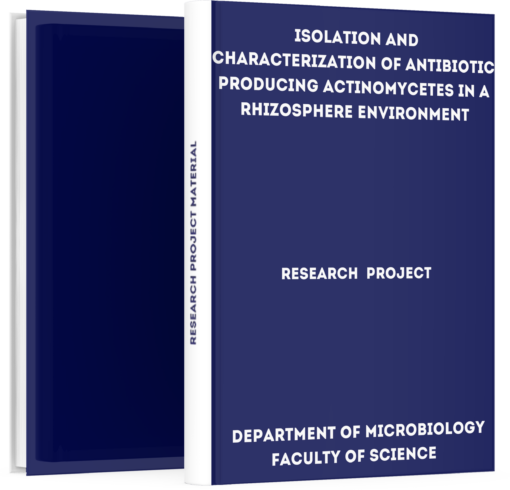
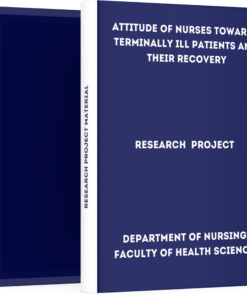
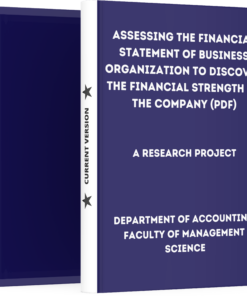
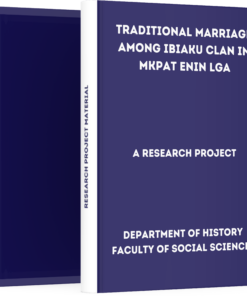
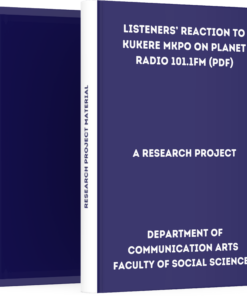
Reviews
There are no reviews yet.